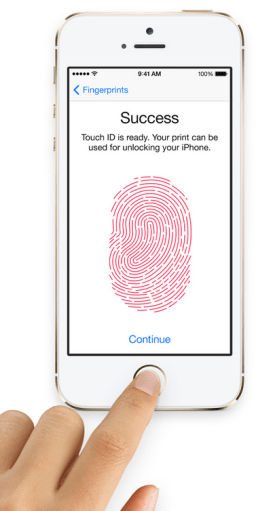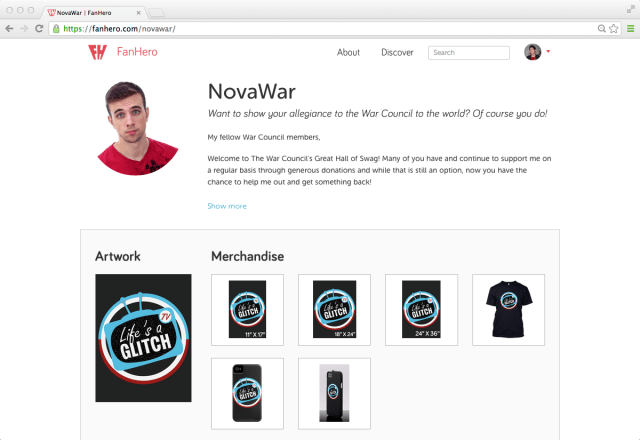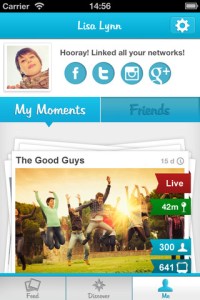A lawsuit filed yesterday by Theodore F. Schroeder claims that Pinterest investor Brian S. Cohen stole the idea for the social sharing service.
The suit, which was first reported in AllThingsD, claims that Schroeder "originated the ideas that led to the popular, ever-growing Pinterest website." It presents a fairly detailed account of the development of a site called Redezvoo.com, and its spinoff, Skoopwire.com. The products were developed by Schroeder and two of his Columbia Law School classmates, who eventually brought on Cohen as the company's chairman and CEO, according to the suit.
Eventually, the company stalled, which Schroeder blames on Cohen's alleged efforts to claim more ownership and push one of the Skoopwire founders out. Meanwhile, the suit claims that Cohen struck a "Faustian deal," giving Schroeder's idea to the team that then launched Pinterest.
Asked for comment, Pinterest sent me a brief statement: "The lawsuit against Pinterest is baseless and we will fight it aggressively."
So what are the big ideas that Schroeder is claiming Cohen stole? Here's how the lawsuit describes the similarities between Rendezvoo/Skoopwire and Pinterest:
- RDV's Version 2 provided a website for users to post their interests for their friends and the other users of the site to see. This concept was noted in RDV's business plan, made part of its business model and evidenced by a functioning web application that had thousands of users.
- The goal of RDV was to connect things that mattered to a user with other users (i.e. show a user's identity via photos, hyperlinks and text descriptions of things that matter to them to their friends) while providing a place for a product or event promoter to gain visibility for its product. Pinterest is nearly an exact match of this same concept.
- Skoopwire, the off-shoot of RDV designed by Plaintiff, focused particularly on product discovery through socially networked product launches. The goal was that any new product launch would be covered on Skoopwire by its users and shared with friends of that user, thereby igniting word of mouth about the product launch. Pinterest's primary business model as described in the media is product discovery through friends.
- The user interface of RDV Version 2 adopted a user interface technique called the "infinite scroll" much before the technique was used by any mainstream website. Pinterest uses the infinite scroll technique, which has proven extremely successful in enticing users to remain on the website.
- In RDV Version 2, the main user interface (the "Board") and each user's profile page (that user's "Board") adopted a concept that is now central to Pinterest. (Rendezvoo user's posted to the Board and their board, while Pinterest users "pin" photos and descriptions to their virtual corkboard.)
- Recognizing the value of female users, RDV Version 2 adopted a pink and purple color scheme to attract female users. Pinterest's user community is predominantly female because of practices that target females.
Now, I'm neither a technical expert nor a lawyer, but I was struck by how broad some of those ideas are — if they were the kind of thing you could sue over, I'd imagine that the flood of Pinterest clones and "Pinterest for X" websites would be in trouble.
As for why Schroeder waited several years to sue, the suit claims that after Pinterest launched, a number of people pointed out that it was similar to Rendezvoo, but he "had no idea and could not have known that Cohen was in any way involved in Pinterest." He became aware that Cohen was an investor after reading a Mashable article about him that was published in March of this year. (In fact the suit, which I've embedded below, includes what might be the most detailed parsing of a Mashable article that I've ever seen.)
I've also contacted Schroeder's attorney and Cohen for comment, and will update if I hear back.

 It was a dark dark day for marketers when Twitter bought TweetDeck and closed the old development path in favour of releasing a stripped back and simplified new version.
It was a dark dark day for marketers when Twitter bought TweetDeck and closed the old development path in favour of releasing a stripped back and simplified new version. 



 Mobile design brings with it numerous challenges. From performance to form factor to platform/OS fragmentation, there are numerous barriers companies must leap if they want to build a successful mobile app.
Mobile design brings with it numerous challenges. From performance to form factor to platform/OS fragmentation, there are numerous barriers companies must leap if they want to build a successful mobile app.

 Facebook may be the subject of all of the headlines with its
Facebook may be the subject of all of the headlines with its  FC Barcelona has launched a Facebook app called 'FCB Alert', which it hopes will allow the club to engage better with the 28m fans it has on the social network.
FC Barcelona has launched a Facebook app called 'FCB Alert', which it hopes will allow the club to engage better with the 28m fans it has on the social network. The tailored aspect of the app should ensure that fans don't ignore the posts, and should encourage a higher level of shares.
The tailored aspect of the app should ensure that fans don't ignore the posts, and should encourage a higher level of shares.



 Apple worked hard to make the the
Apple worked hard to make the the 





 The proliferation of mobile devices has opened up a number of new opportunities for marketers to communicate with their customers.
The proliferation of mobile devices has opened up a number of new opportunities for marketers to communicate with their customers.



